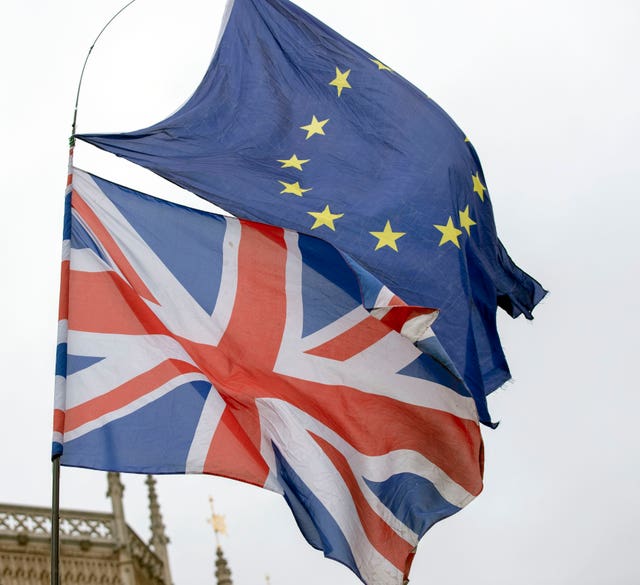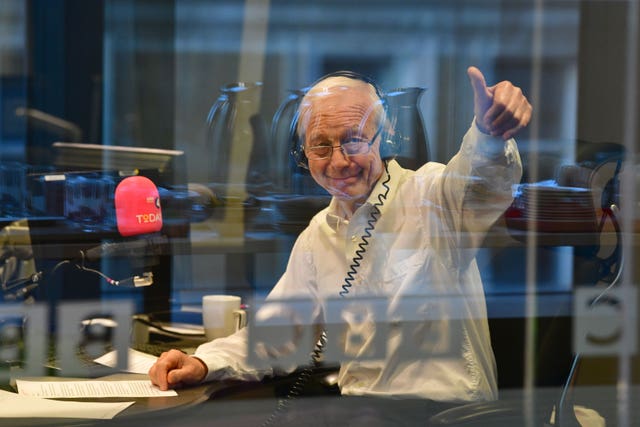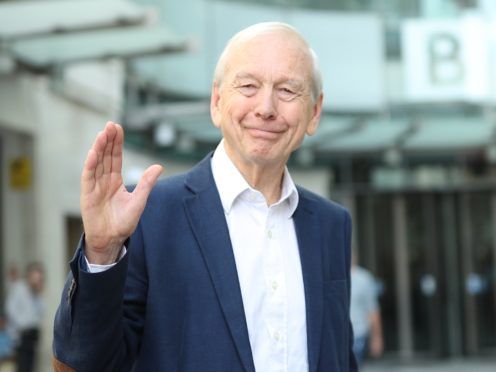John Humphrys has attacked the idea of a second EU referendum, suggesting it would be undemocratic.
The veteran broadcaster, 76, who voted to remain in 2016, said the idea the UK should stay because Leave voters were uninformed during the campaign made him “cross”.
Humphrys, who departed BBC Radio 4’s Today programme earlier this year after 32 years, has previously been critical of what he perceives as the BBC’s left-wing bias.

Responding to whether the Government could ignore the result of the referendum, he said: “You can’t do that in a democracy, it seems to me.”
Speaking at the Voice Of The Listener And Viewer’s (VLV) autumn conference in London to promote his new book, A Day Like Today, he rubbished the idea of a second referendum.
He said: “What I get a bit cross about is this idea that – and I speak as somebody who voted remain remember – those people that voted to leave the European Union did not get the information they needed or failed to understand the implications.
“But by some miraculous process those who voted to remain did.

“I do not follow that because what it feels to me it is saying…
“Although I voted to remain, I have believed ever since the vote was announced in June three years ago that we had to leave.
“You cannot have a referendum, in my view, and tell the people before they vote that their vote will be acted upon and then decide subsequently that actually: ‘Yes, there was majority in favour of leaving but actually, no, we won’t leave because an awful lot of those poor sods who voted to leave didn’t really know what they were doing, so we will try to re-educate them.’
“You can’t do that in a democracy, it seems to me.”
Humphrys also claimed the BBC found it “very difficult” to take the views of Eurosceptics seriously.
He said: “I would like to think that I recognise – and some of my colleagues do as well – that the corporate view is, was, maybe still is, that our destiny was irredeemably and should be irredeemably allied with that of the European Union.
“The fact is that the BBC found it very difficult to take seriously the views of those Eurosceptics who believed that there were things profoundly wrong with the European Union and that there might very well be an argument to leave.
“We refused to take them seriously, to be blunt about it, for a very long time.
“I also think that when it came time for the referendum to be held, I believe during the referendum BBC News was absolutely fair-minded.”
He was in conversation with chairman of VLV Colin Browne.
The theme of the one-day conference was Public Service Broadcasting: The Threats, Challenges And Opportunities Ahead.
